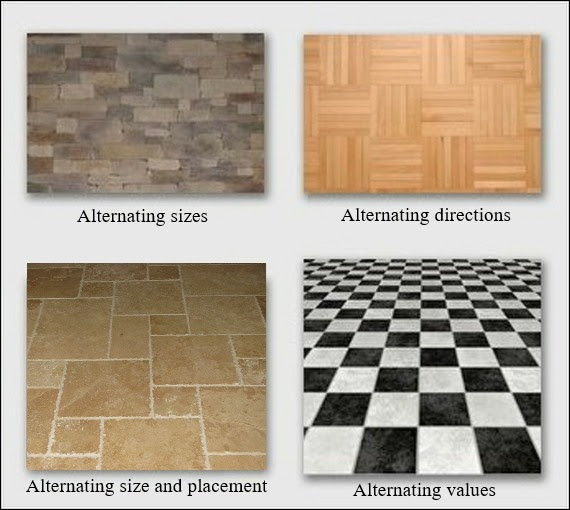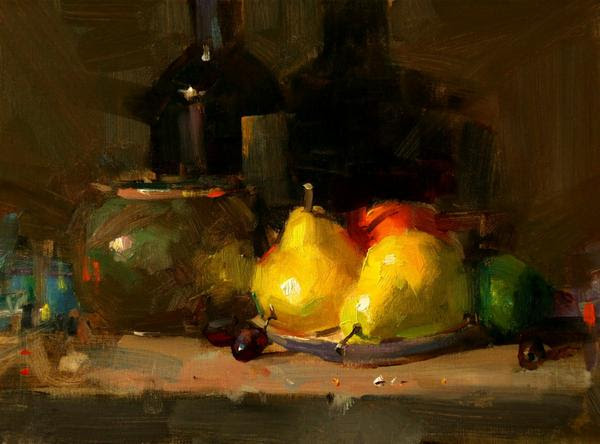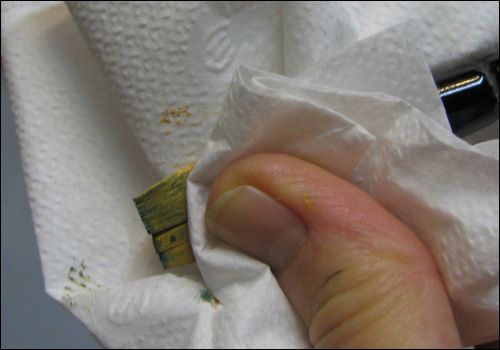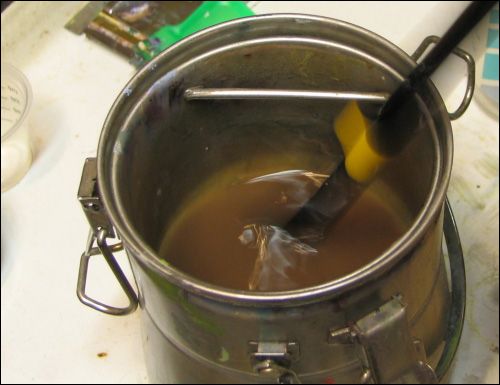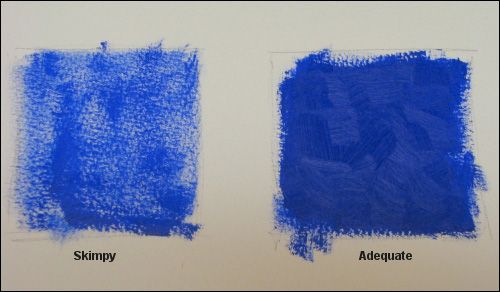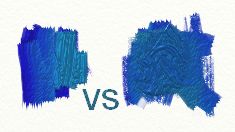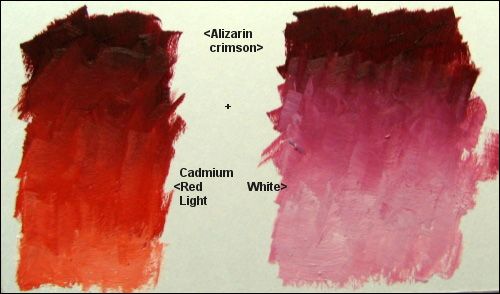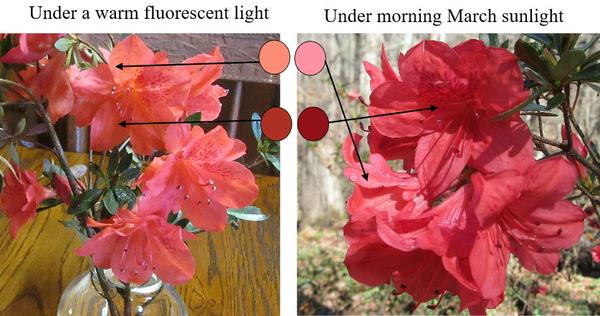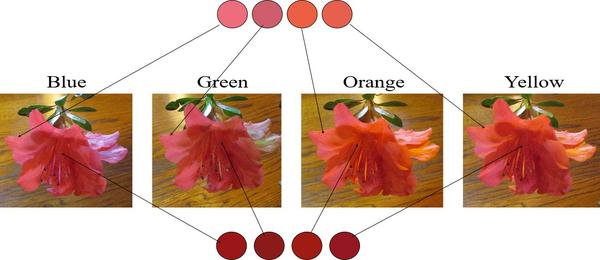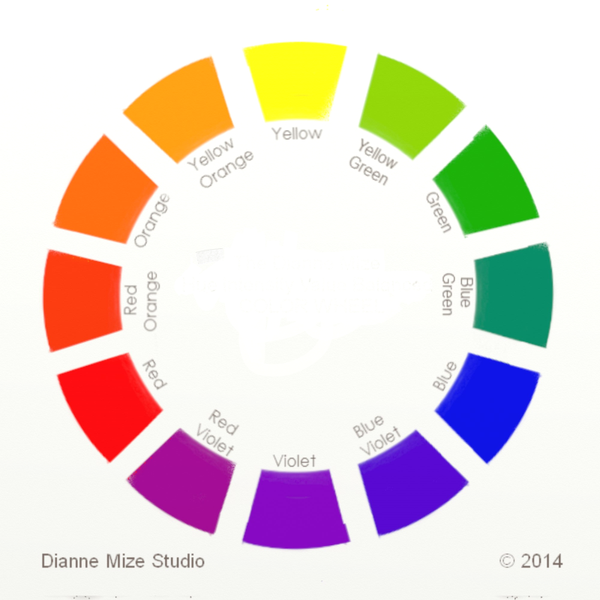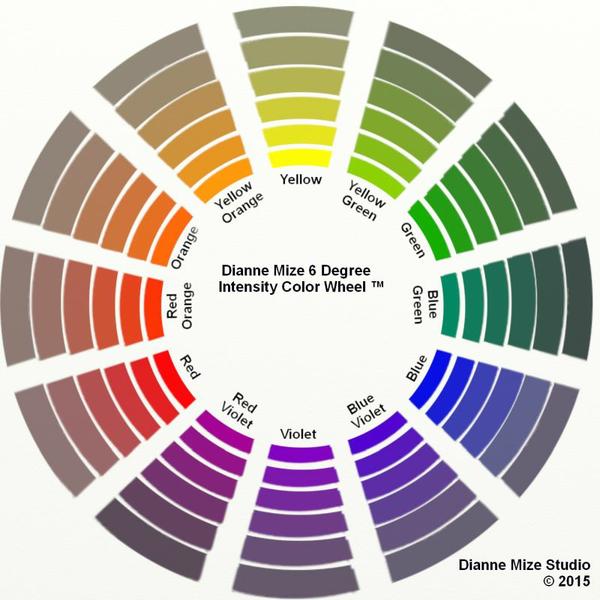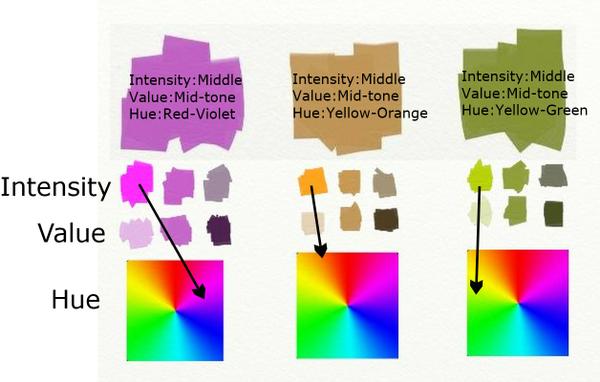Have you heard of alternation? A rarely discussed design tool, alternation can sometimes be the very method you need for moving the viewer’s eye through your painting, or making dull areas interesting. It means a sequence of changes in direction.
Here are some examples we see every day.
When painting, there are many ways to use alternation. The most dynamic is alternating brushstrokes. Among our contemporary painters, one who is a master of brushstroke alternation is Qiang Huang. Let's take a look at his "Demo at Huntsville 2016 1"
Here are two sections from Qiang's background. Look at the alternation of stroke directions, then glance back at the whole painting and notice how those sequences of alternating stroke direction give movement to the painting.
Here's a similar analysis of Qiang's pear on the right.
If you remove your attention from the imagery in Qiang's demo and focus only on his alternating brushstrokes, you will see how much energy just his brushstroke alternating gives to this piece.
